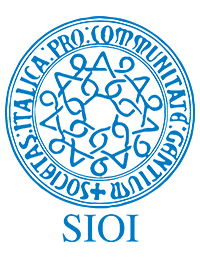When Russia launched its full-scale invasion of Ukraine in February 2022, Russian President Vladimir Putin’s immediate aim was regime change in Kyiv and Ukraine’s subjugation to Russian domination. But Putin had much broader goals too. He viewed victory over Ukraine as the first step in undoing the post-Cold-War order which had deprived Russia of its Soviet republics and sphere of influence in Eastern Europe. He sees the Ukraine war as a battle between Russia, NATO, and the “collective West.” Moscow’s victory over Kyiv would, he is convinced, start the process of dismantling an international order that he believes has ignored Russia’s national interests and belittled its position in the world. Three years after Russia invaded Ukraine, Putin has yet to achieve these goals. But Russia has increased its influence in parts of the Global South and has allied itself with three revisionist powers—China, Iran, and North Korea—which share its commitment to a “post-Western” order. The advent of the second Trump administration—which is committed to upending America’s alliances and robustly engaging in great power politics—has introduced a new element of uncertainty about how Russia might parlay its war with Ukraine into raising its global standing. From Putin’s point of view, the reestablishment of U.S.-Russian relations under President Donald Trump and the prospect of restoring economic ties are bonuses that were not available before November 2024 and could offer new opportunities for him on the global stage.
How the war in Ukraine changed Russia’s global standing (Angela Stent, Brookings)
Related articles



